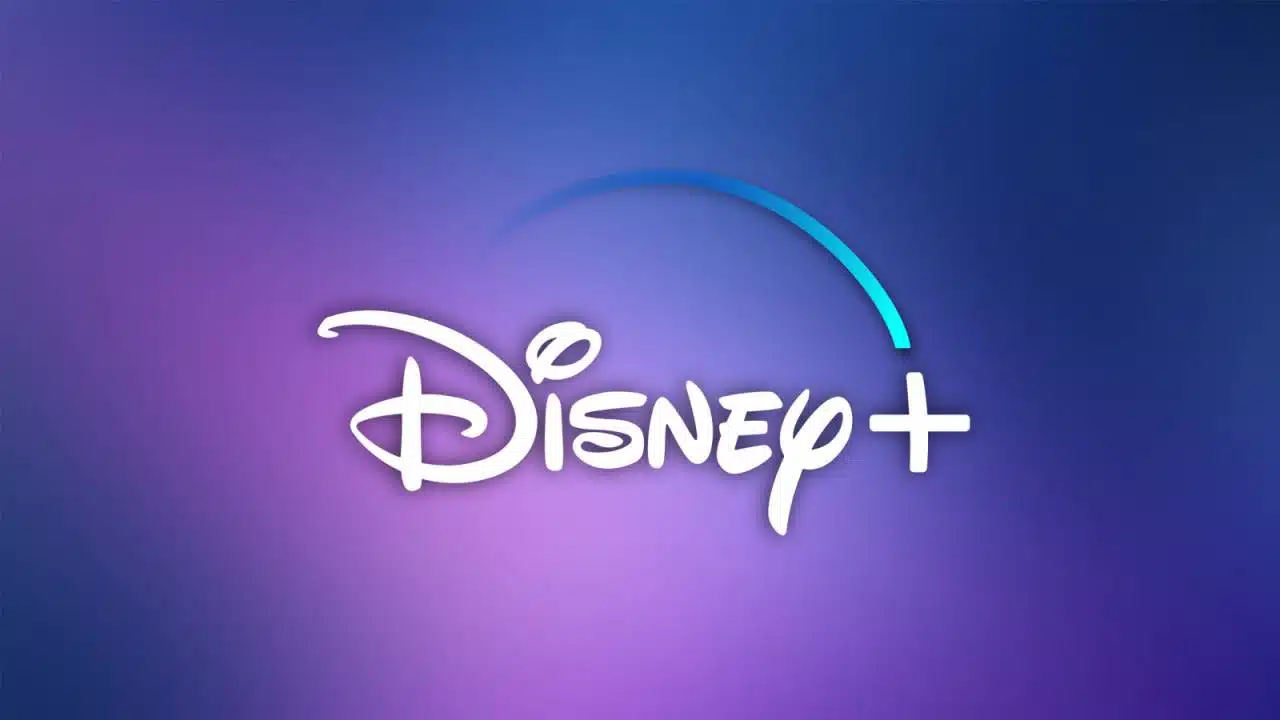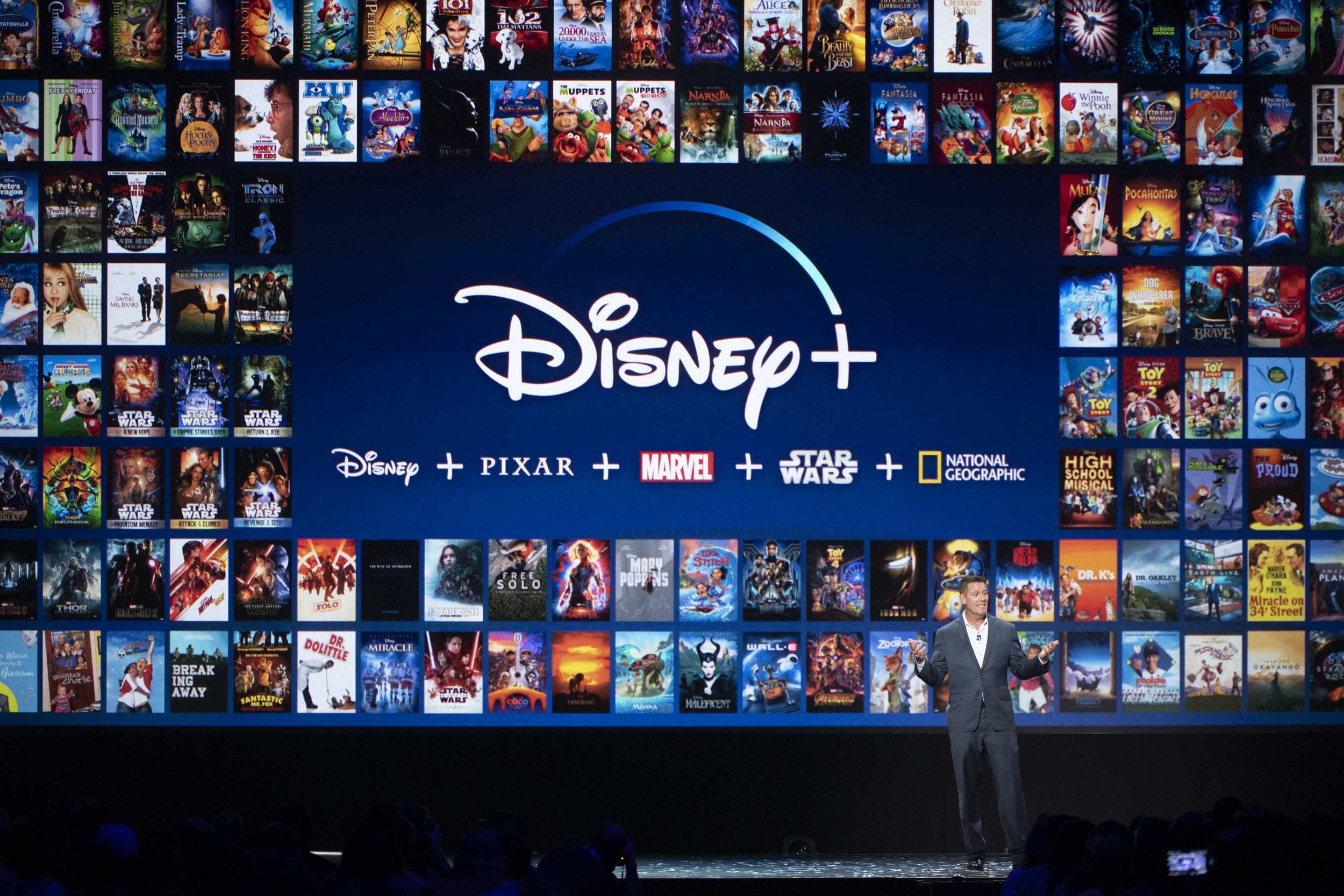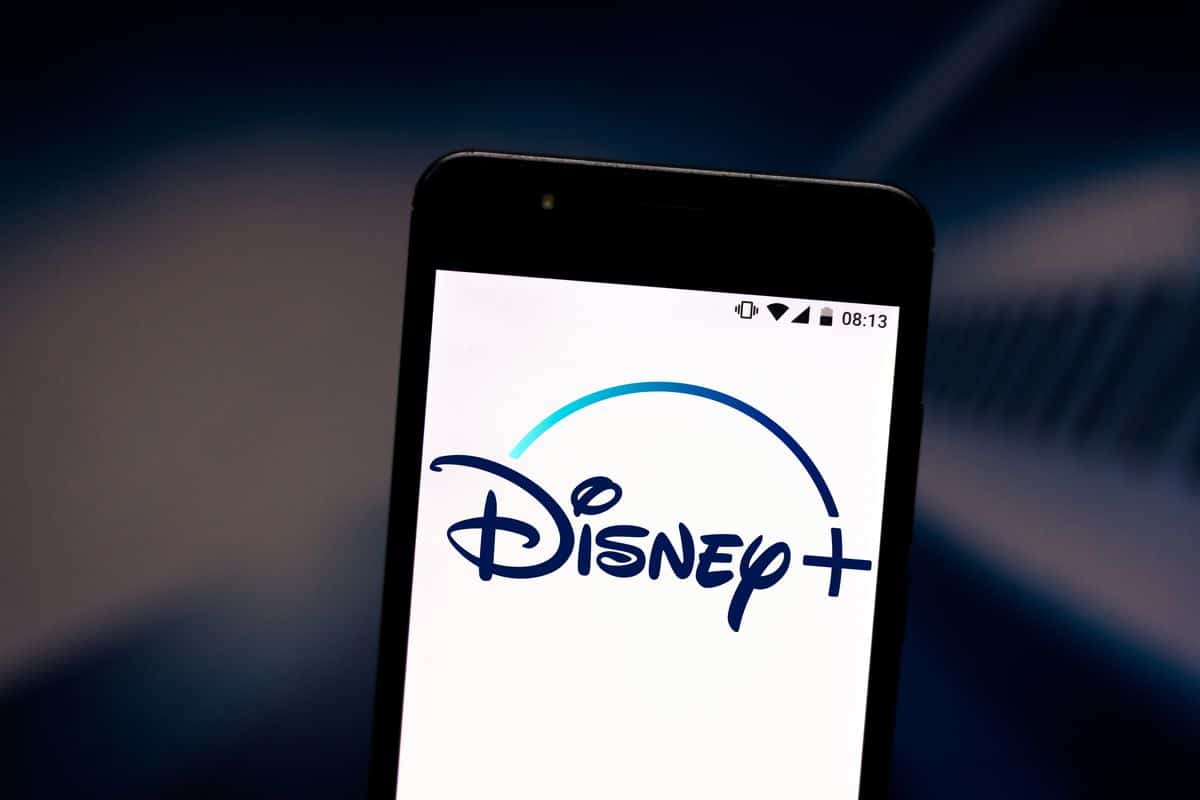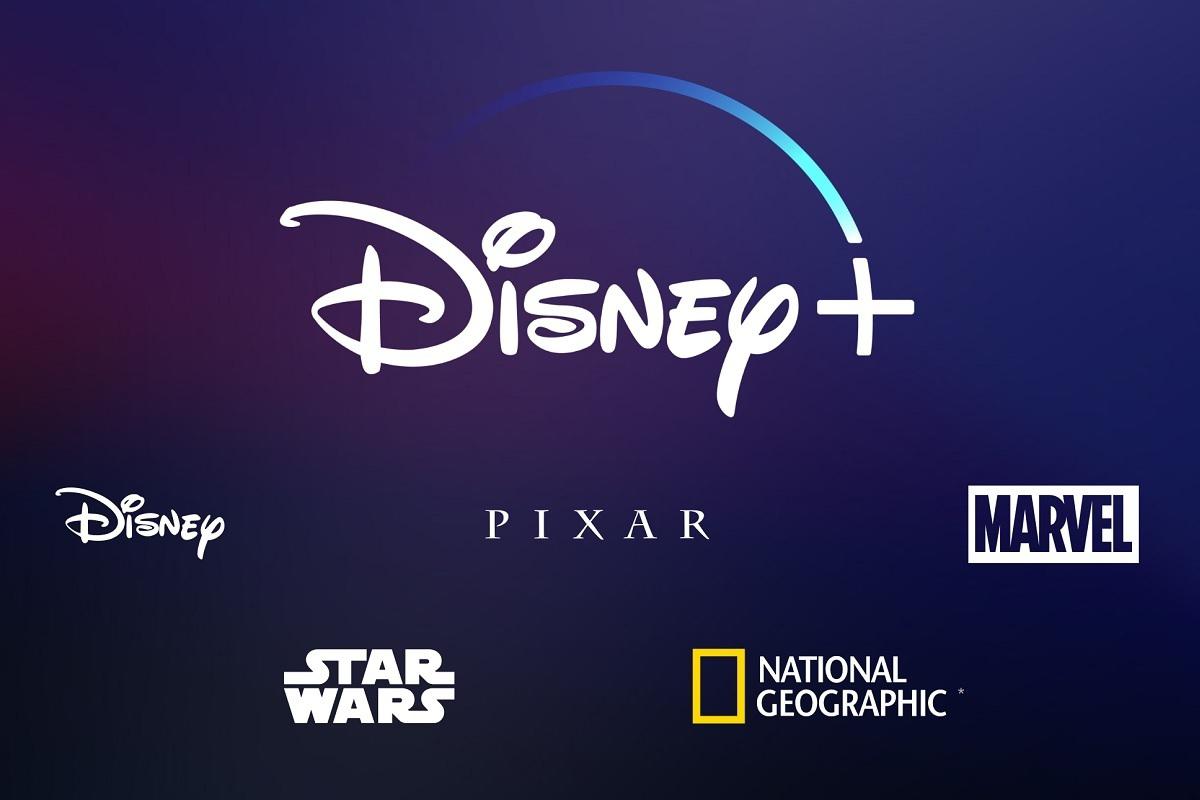-
When we look at something grand from the outside perspective, we often miss out on the beauty of all the hard work that went into creating it. Disney+ is just the type of service that would have seemed like a foreign concept merely a generation ago, and given all the effort that went into the platform’s creation, Exults decided to take a detailed look at how Disney+ was built.
For those of us who grew up taking weekly trips to Blockbuster or Family Video to rent our favorite animated classics, we never imagined that one day we would have the entire library of these videos available for instant use at any time of the day.
To many, it appeared that Disney+ launched easily, especially due to much of its content having been around for decades. However, this was not necessarily the case. As the streaming wars set to ramp up even further in 2021, Exults will take a closer look at how Disney+ was built, and where it can go from here.
From Animation Studio to Industry Giant
At the heart of executives’ decision to create Disney+ was the age-old outsourcing debate. Essentially, they had to decide whether loaning their content to other streaming platforms for customers would be more lucrative than producing an in-house platform.
While it is unknown exactly how much streaming companies were paying for Disney movies, it is certain that those revenue streams were a large sacrifice for the animation studio. Rather than betting on the sure route and continuing to host its content on other platforms, Disney decided to bet on itself.
Disney executives determined that the ability to sell subscriptions on its very own platform was the best long-term option for monetizing its present and future content. Dramatic changes to the television cable market in the past two decades only reinforced this strategy.
By acquiring 21st Century Fox and purchasing a 1/3 share in video technology company BamTech that cost upwards of $70B, Disney etched out a path that would not be so easy to turn back on.
Barriers to Success
Before Disney+ initially launched in November 2019, it was certain that the company would have massive barriers to success. These are surely items that executives would have been aware of prior to the platform’s launch, but many of them may not have been immediate considerations of its customers.
Differentiating in a Saturated Market
Disney would have to figure out how to build a streaming platform with little to no technology infrastructure in place. It would also launch in an increasingly saturated market for streaming platforms, and thus have an immediate need to differentiate its services to stand out and gain subscriptions. Another challenge would come in the form of advertising to consumers already subscribed to one or multiple more streaming competitors.
Disney expanded its content selection beyond Disney Channel Original Movies (DCOM), or its original television shows. By housing both National Geographic and Pixar content, the company was able to appeal to both children and adults. The company took this even further by offering a Hulu/ESPN+ bundle in tandem with a Disney+ subscription at launch, which massively expanded the library of content available to new users of the service, particularly adults.
Maintaining an attractive variety of content beyond offerings for kids was and remains important to Disney+’s success, given their parents are most often the ones paying for the subscription.
International Antitrust Regulations
One of the other more complicated barriers to success was Disney’s new size following its 21st Century Fox acquisition. After this historic deal was made, international antitrust organizations stepped in to make sure that the market could continue to remain competitive.
Of particular interest were the Fox Sports Networks which were ultimately sold in Spring 2019 for more than $10B. This was a stipulation of Disney’s initial purchase of Fox, mandated by the US Department of Justice. Disney also liquidated Fox Sports Latin America after Brazilian and Mexican regulators deemed that it would give Disney too large a share of the sports network broadcasting in Latin America.
Despite having to navigate its way through uncharted territory and relinquish assets, Disney still found a foothold during a global pandemic and ultimately solidified its presence in the ever-growing streaming market.
Thriving in a Pandemic, and Into the Future
Before its launch in November 2019, Disney projected that it was aiming for at least 60M subscribers by 2024. By creatively partnering with companies like Verizon, which offered a free one-year Disney+ subscription to its customers, the platform came out of the gate swinging.
Additionally, by providing ad-free content and coming in at a lower price point than competitors like Netflix, Disney quickly surpassed initial subscription projects. Just one year after its launch, the platform had more than 85M subscribers worldwide, with a key significant customer base in India.
As COVID-19 continues to increase widespread demand for streaming options, it is unlikely that consumers will revert to old entertainment platforms in the future. If Disney+ capitalizes on some of its creative strategies like producing high-quality performance content for celebrities like Beyoncé and Taylor Swift, it just might reach its goal of more than 200M subscribers in 2024.




